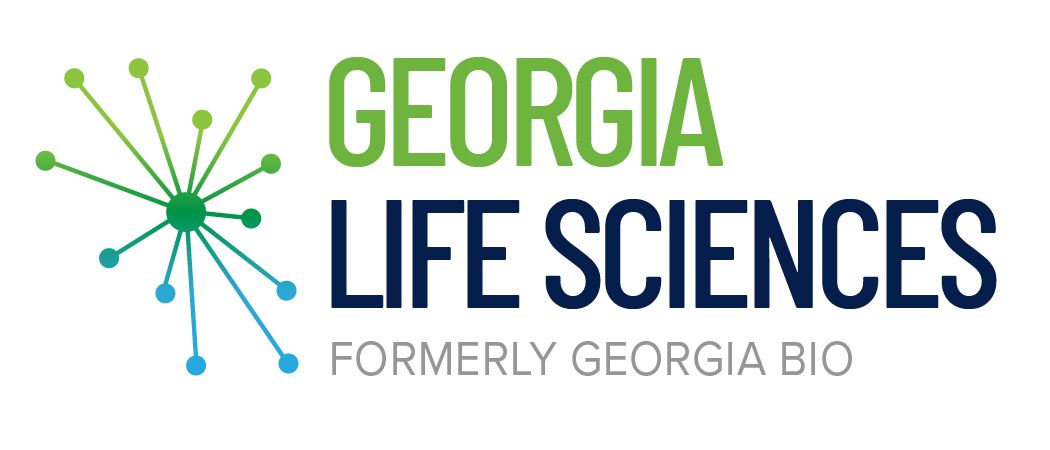Advocating in the Age of COVID: Best Practices
By: Cornerstone Government Affairs
As you manage how meetings have changed in the age of COVID-19, consider these best practices as you connect with policymakers in the age of COVID-19:
Before the Meeting
- Email materials that you will use during the meeting, such as one-pagers, one day in advance. Make sure you have the materials handy during the meeting so you can resend them if necessary.
- Know your technology. Especially with video, different platforms have different features. Do a test run with your team so everyone feels comfortable.
- Establish your speaking order. Interruptions are the bane of socially distanced meetings, especially by phone. Limit them by planning ahead and knowing who will speak when.
- Join the video/call a few minutes before the meeting is scheduled to begin to work out any technical issues.
- Seek explicit permission from the official or staffer with whom you are meeting if you want to record the call or video.
During the Meeting
- Begin by having everyone introduce themselves. It’s basic etiquette and also serves as a sound check.
- Be present. It’s easy to get distracted when you’re not meeting face to face. Distance yourself from pets, children and any phone or computer screens that aren’t necessary for the meeting.
- Mute yourself when you’re not speaking and remind others to do the same.
- Remember to state your name each time you begin to speak.
- Get to the point and keep the meeting short. There are no more handshakes, no more settling into seats around a table. If your typical in-person meeting lasted about 20 minutes, plan on 15 minutes for your typical phone/video meeting.
Special Tips for Phone Meetings
- Use a script! No one can see if you’re reading from a computer screen or piece of paper, so use that to your advantage. Script out “asks” and answers to difficult questions. Use a script to facilitate smooth transitions between speakers.
- Make sure you don’t sound scripted. Read your script aloud to yourself first. If it doesn’t sound natural, rewrite and keep practicing.
- You won’t have the benefit of body language or nonverbal cues on the phone. Try to maximize engagement by avoiding long monologues and building in occasional breaks to ask if the staffer has any questions. If you’re using a script, designate in writing where to take a pause.
Special Tips for Video Meetings
- Use basic tricks of the trade to present yourself in the best possible way visually:
- Raise your webcam to eye level
- Light your foreground, so your face is not silhouetted
- Don’t be Will Reeve; wear pants
- If using a virtual background, it should strike the appropriate tone
- If using a physical background (such as a home office), remove anything distracting or use the “blur” feature available on some platforms
- Keep it simple, and don’t use more technology than you need. You probably won’t use many features built into video conferencing platforms in most advocacy meetings with staffers or elected officials. Know what you want to say and who will say it, and stick to your plan.
Staffers may prefer to talk by phone rather than video. Don’t take it personally. Elected officials, on the other hand, may prefer video. Traditional retail politicking is more challenging these days; video is the next best thing. Either way, be gracious. These are new and trying times for everyone, and elected officials’ offices are juggling countless asks and constituent needs while adjusting to this new normal. Be sure to thank them for their time and attention.
The post Advocating in the Age of COVID: Best Practices appeared first on Georgia Bio.





